Underground Railroad Sites
St. Mary's County has several National Park Service Underground Railroad Network to Freedom sites that played a part in the Underground Railroad in Maryland. These historic sites continue to tell the powerful stories of those seeking freedom. Visit them to learn more!
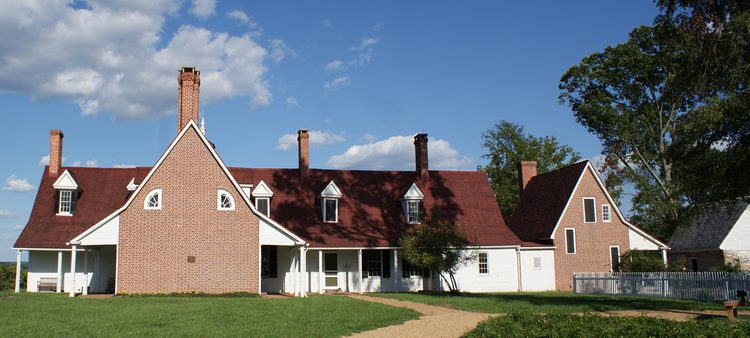
Historic Sotterley
Historic Sotterley exemplifies what it means to continue telling the story of the past. Through their Descendants Program, they have identified and collected stories from descendants of owners, workers, enslaved, free and allied families during the historical periods of the Sotterely Plantation. Sotterley was the starting point for Freedom-seekers for over three centuries. A 1830's original slave cabin still stands on the grounds of this former plantation. It exemplifies typical slave housing in the Tidewater region, yet also features unique architectural elements. The interpretive program incorporates the story of the Kane Family's time at Historic Sotterley, which spanned the pre and post-Civil War Eras. The site also features a main dwelling and numerous outbuildings dating from the early 18th through the early 20th centuries.
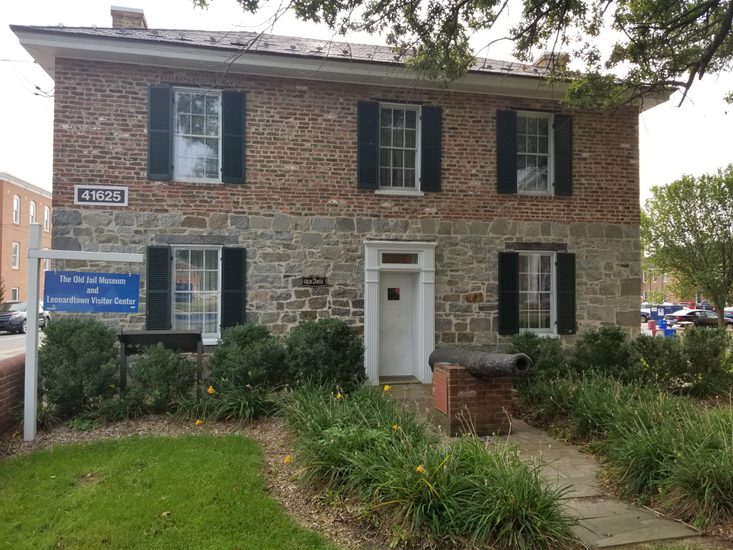
The Old Jail Museum
The Old Jail was built in 1876 and was in use through 1945. Although this building was built after the end of slavery in Maryland, it serves as a symbol of the entire justice system in St. Mary’s County and is part of a continuum that began in 1637. The Old Jail Museum currently sits on the site of its predecessor, which did hold enslaved people seeking their freedom as well as some abolitionists who tried to help them. A total of nine people appear in the records as being arrested for crimes relating to slavery in St. Mary’s County, including five freedom seekers and four abolitionists.
Watch the Museum Division's Wayback Wednesday video about the Old Jail Museum here.
Read about the history and role of the Old Jail Museum in connection with the Underground Railroad here.
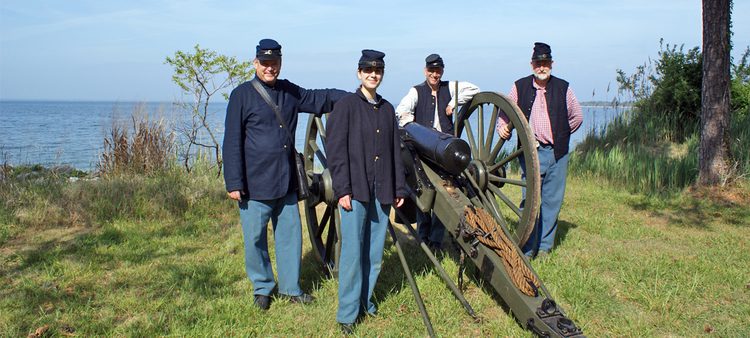
Point Lookout State Park, Civil War Museum and Lighthouse
During the Civil War Era, Point Lookout was first a hospital for wounded Union soldiers and then a Civil War prison camp for captured Confederate soldiers. The hospital staff is known to have assisted with the escape of several enslaved people while United States Colored Troops served as guards at the prison camp. Outside of Point Lookout stood a “contraband camp” where freedom seekers who crossed the Potomac River from Virginia, took refuge under the protection of federal authorities.
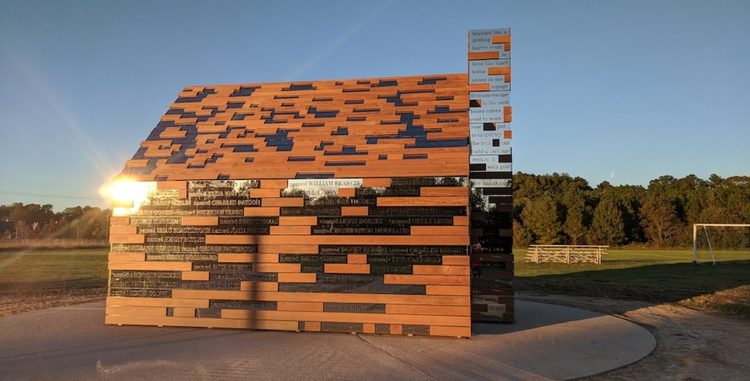
Mass Escape at the Mackall Plantation/St. Mary's College of Maryland
A group of 19 enslaved people fled from The Mackall Plantation in 1814, now part of St. Mary's College of Maryland. They joined Vice Admiral Alexander Cockburn's British fleet during the War of 1812 on nearby St. George’s Island in the Potomac River. An exhibit commemorates the freedom seekers.
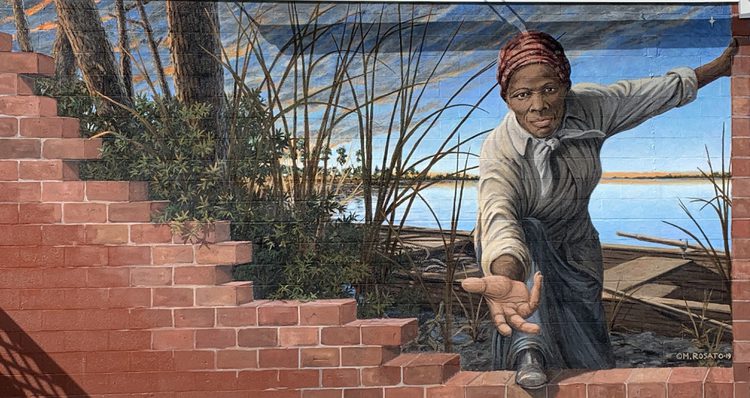
Want to learn more about the history of Maryland in the Underground Railroad? There are many sites in Maryland that contribute to this important story in American history and continue to tell the stories of those who sought freedom and those who helped to bring freedom.


